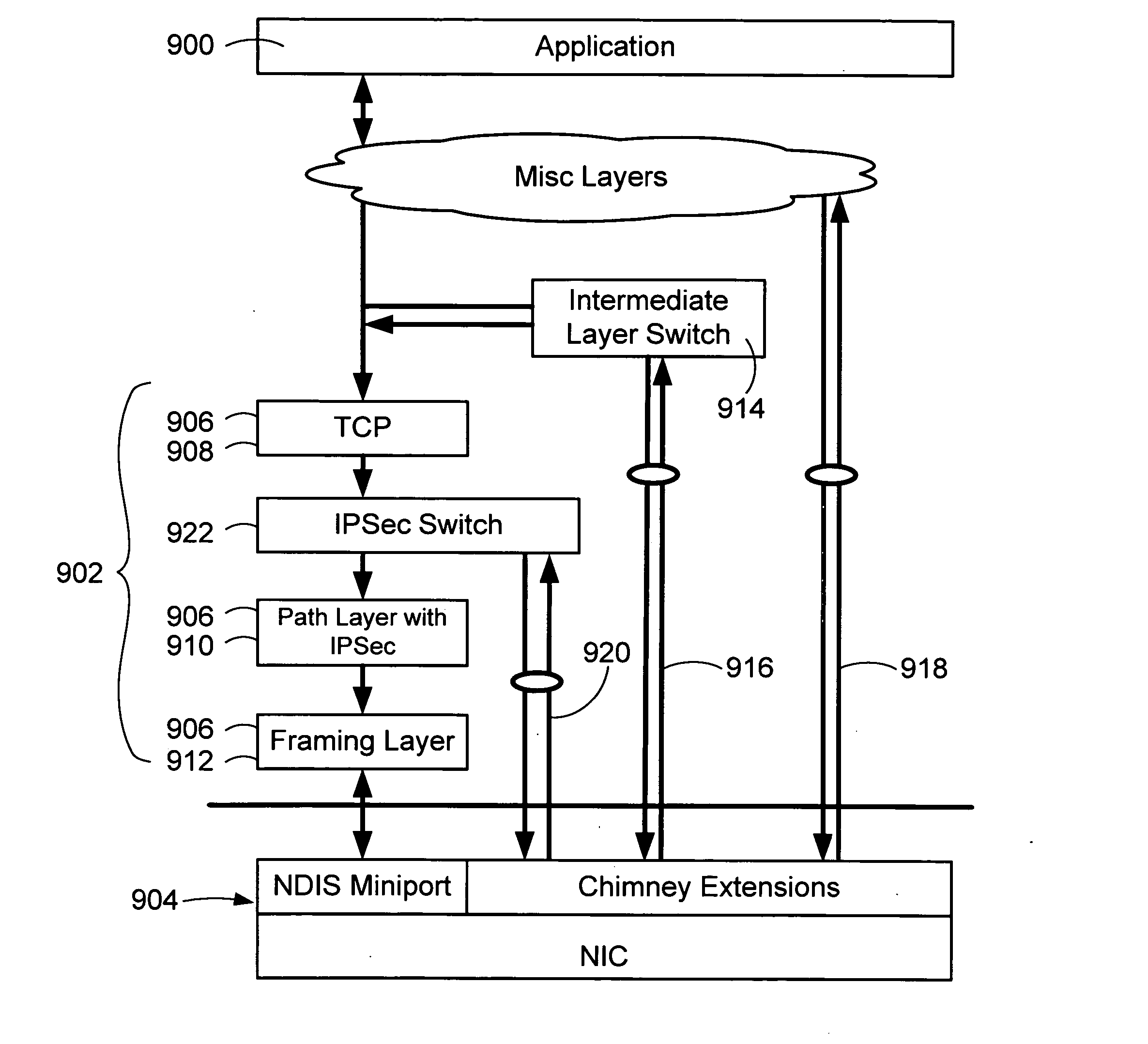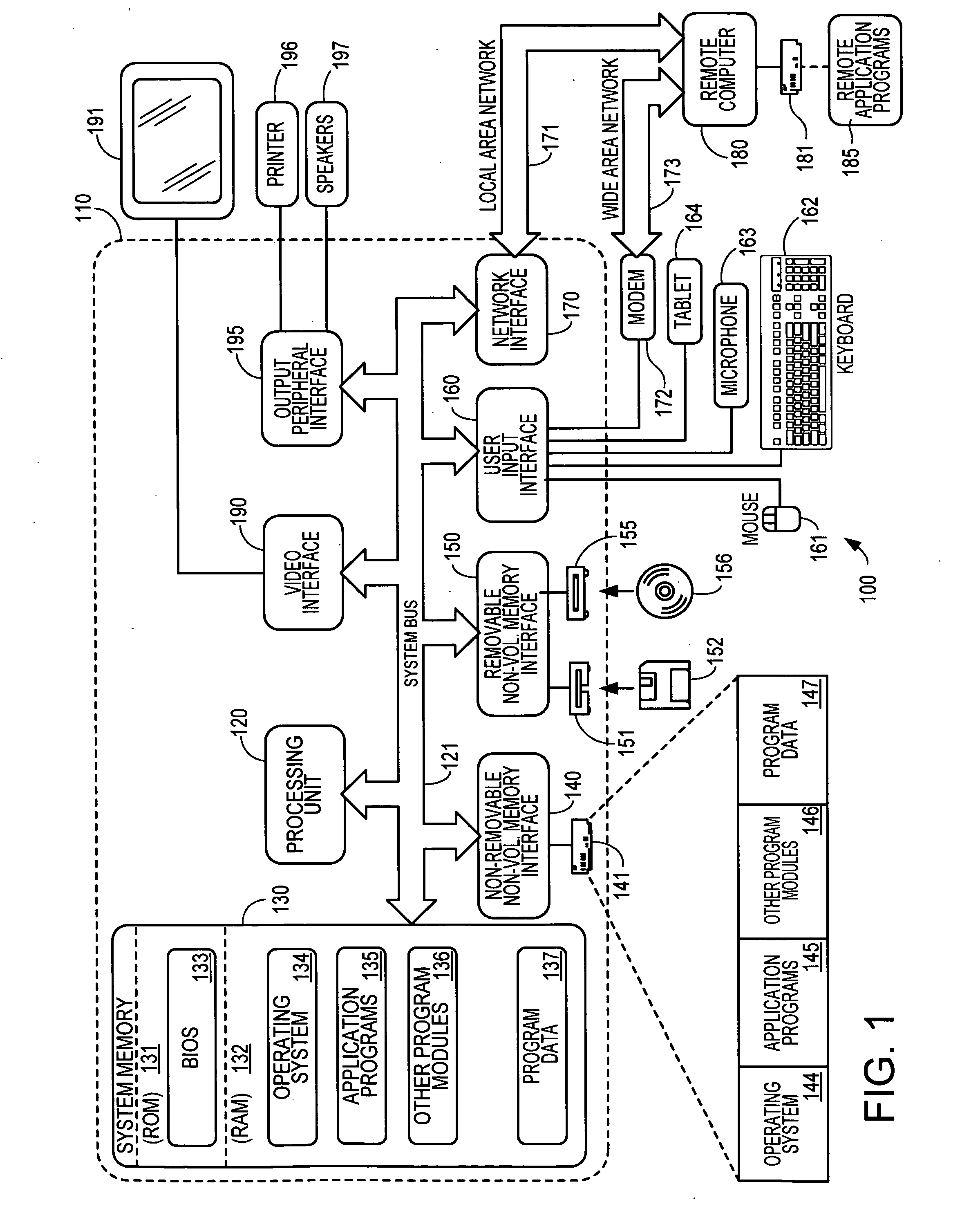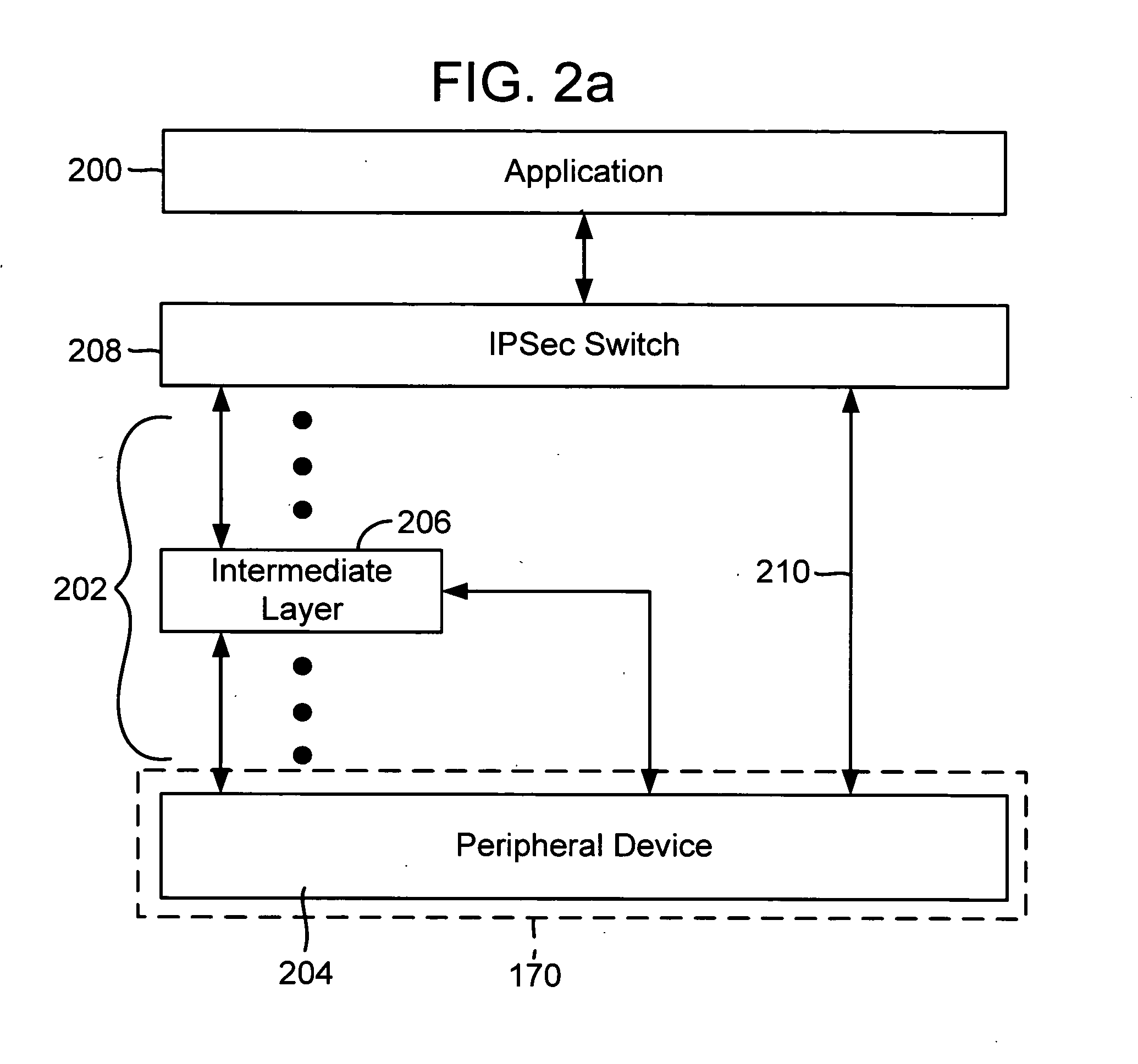Method and apparatus for secure internet protocol (IPSEC) offloading with integrated host protocol stack management
a secure internet protocol and host protocol stack technology, applied in the field of computer networking technology, can solve the problems of networked applications further burdening the host processor, networked applications may even rival the cpu processor speed and access speed, and increase the load of the central processor unit (cpu), so as to achieve the effect of minimizing the timer requirements
- Summary
- Abstract
- Description
- Claims
- Application Information
AI Technical Summary
Benefits of technology
Problems solved by technology
Method used
Image
Examples
Embodiment Construction
[0036] The present invention relates generally to computer networking technology. More particularly, the present invention relates generally to mechanisms for optimizing the offload of computing tasks associated with IPSec authentication and / or encryption (referred to as “IPSec operations”) that are typically performed by a host processor to a processing module, and for returning control to the host processor as appropriate. The processing module processes the offloaded IPSec operations as described below in software, in hardware, or a mix of software and hardware. The processing module may be in a separate interface card, part of a motherboard, in an internal or external card, another processor in a multiple processor unit, and the like. Another way is to embed the functionality of the processing module in a peripheral device, such as, for example, a network interface card, that processes the offloaded network stack operations as described below in software, in hardware, or a mix o...
PUM
 Login to View More
Login to View More Abstract
Description
Claims
Application Information
 Login to View More
Login to View More - R&D
- Intellectual Property
- Life Sciences
- Materials
- Tech Scout
- Unparalleled Data Quality
- Higher Quality Content
- 60% Fewer Hallucinations
Browse by: Latest US Patents, China's latest patents, Technical Efficacy Thesaurus, Application Domain, Technology Topic, Popular Technical Reports.
© 2025 PatSnap. All rights reserved.Legal|Privacy policy|Modern Slavery Act Transparency Statement|Sitemap|About US| Contact US: help@patsnap.com



